Summary
Feng shui garden: what is it?
Feng shui garden: the essential characteristics
How do you plan a feng shui garden?
Native to China, Feng Shui is an art of living that is becoming more and more popular in our latitudes.
If the principle of feng shui is more and more applied to the habitat, it is also adopted outdoors. Here is a short guide to the main characteristics of a feng shui garden.
Feng shui garden: what is it?
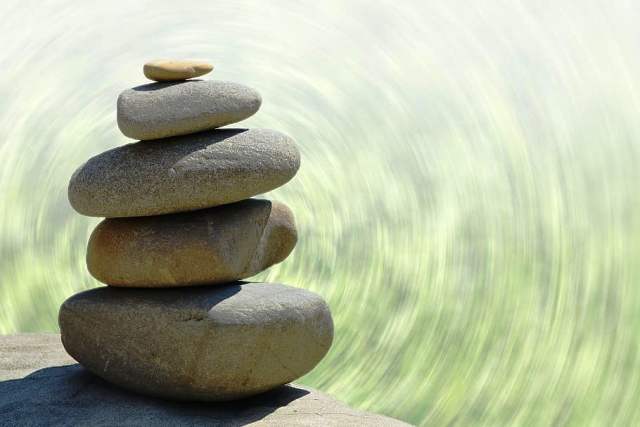
To follow the feng shui guidelines is to give oneself the means to create a welcoming space, conducive to physical well-being, favorable to mental well-being, and which participates in a good physical but also psychological balance.
The feng shui garden is, therefore, a place of happiness where vital energy circulates freely: Chi born from the fusion of two opposing forces: yin (black) and yang (white).
Everything is, therefore, a question of balance: light and shade, drought and water, cold and heat, strength and softness, mineral and vegetable, negative and positive.
A feng shui garden implies the presence of the following five elements in specific areas: earth, water, fire, metal, wood.
Good to know: a feng shui garden is not composed randomly and prohibits the profusion of decorations and props that would disturb the free flow of energies.
Feng shui garden: the essential characteristics
A feng shui garden is an extremely singular natural space. It must meet certain principles, namely:
Be composed of nine zones delimited by three columns and three lines that form a square called the Lo Shu square. Eight of these zones are for eight of them, a representation of a whole universe or more exactly a domain of life, the ninth zone, center of the Lo Shu called Tai Chi, symbolizes the vital potential.
Remaining in harmony with nature, and giving the impression of not having been created by the hand of man. The best example is a small, winding path between plantations or decorative elements, rather than a soulless, straight, concrete walkway.
Be as Zen as possible
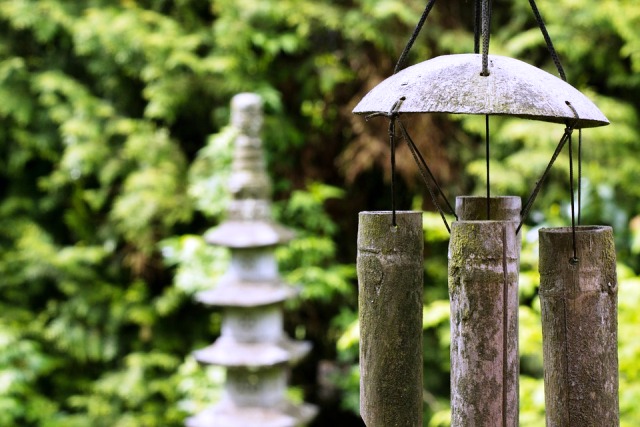
Never be overloaded at any point so as not to stop the flow of energy.
Give preference to movement, to life, rather than creating a static universe. This is why it is essential to opt for plants that will attract birds, dragonflies, butterflies, and others, a water point animated by a small waterfall, lighting judiciously placed and subdued like wall lights, candles, spotlights, street lamps with dimmers. Emphasize symbolism such as the use of large pots rather than small planters: large pots being in China bearers of wealth and luck.
Good to know: to succeed in creating a feng shui garden, it is essential to respect the points of the compass.
How to plan a feng shui garden?
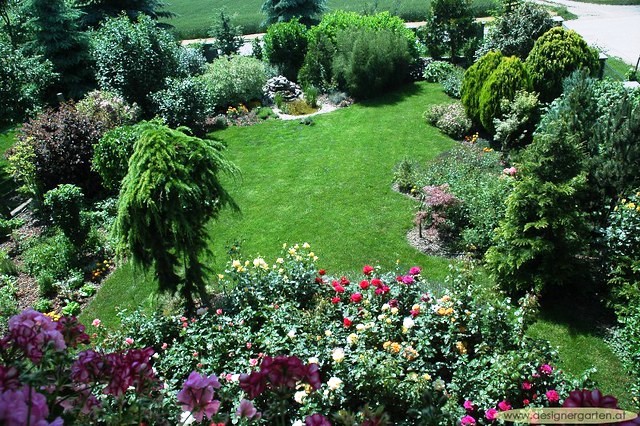
If you wish to start creating a feng shui garden, don’t hesitate to draw up a plan. Know that the cardinal points represent very precise zones with dominant elements just like the central zone (Tai Chi).
So take care to transfer on your sketch these capital zones and their particularities in the following way.
Tai chi: this central zone which must remain quite bare:
It symbolizes balance, unity, and harmony and must be yellow.
The associated element is the earth, it is the relay point between all the zones of the feng shui garden.
The North: It symbolizes winter and its color is blue:
The dominant element is water.
It is possible to integrate plants and minerals by keeping a balance between the two and opting for sinuous shapes.
This area will be precisely differentiated since one must take into account:
the North-West (friendship and support zone, dominant element: metal; colors: silver, matt grey, white);
the North-East (zone of knowledge and wisdom, colors: ochre to yellow, square shapes, place of recollection, meditation, and rest).
The South: it symbolizes the summer:
Its color is red and its dominant element is fire.
It must be triangular in shape.
We can integrate plants with warm tones. It is also in this southern zone of the feng shui garden that we will have the meal and that we will install a barbecue and plancha, street lamps with variable luminosity.
It is also necessary to know that:
The southeast symbolizes spring. It is the zone of prosperity, marked by purple, wood, a stream or a pond with a waterfall.
The south-west is conducive to a monochrome of yellow to ochre punctuated by pink. This square-shaped zone has the earth as its dominant element. Garden furniture can be installed here for resting.
Each decorative object must always be in duplicate in order to preserve the notion of parity because the south-west symbolizes the peace and love of your couple.
The West symbolizes purity, creativity, children, family:
It must be white, its dominant element is metal and it is shaped like a circle.
It is the area of the feng shui garden where you can place small outdoor furniture with scrolls, rocks all in roundness, plants with multicolored but also white flowers, plants with decorative foliage.
The East symbolizes spring but also health:
– It is green in color.
– Its dominant element is wood.
– Its shape is the rectangle.
The cultivation of medicinal plants is essential in this eastern zone of the feng shui garden and it is also the place of choice for a shady terrace with large plants such as bamboo and laurel.
Good to know: don’t hesitate to ask a professional specialized in landscape and hardscape design before setting up your Feng Shui garden. This will keep you safe from many inconsistencies.
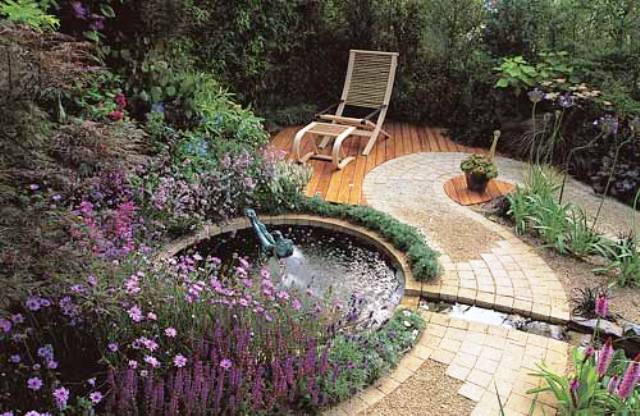


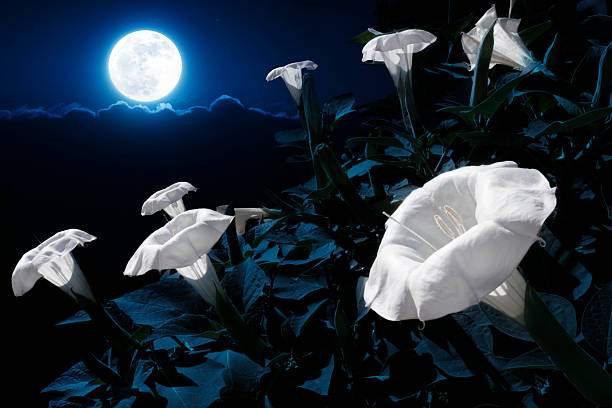
2 thoughts on “How to Set up Your Feng Shui Garden”